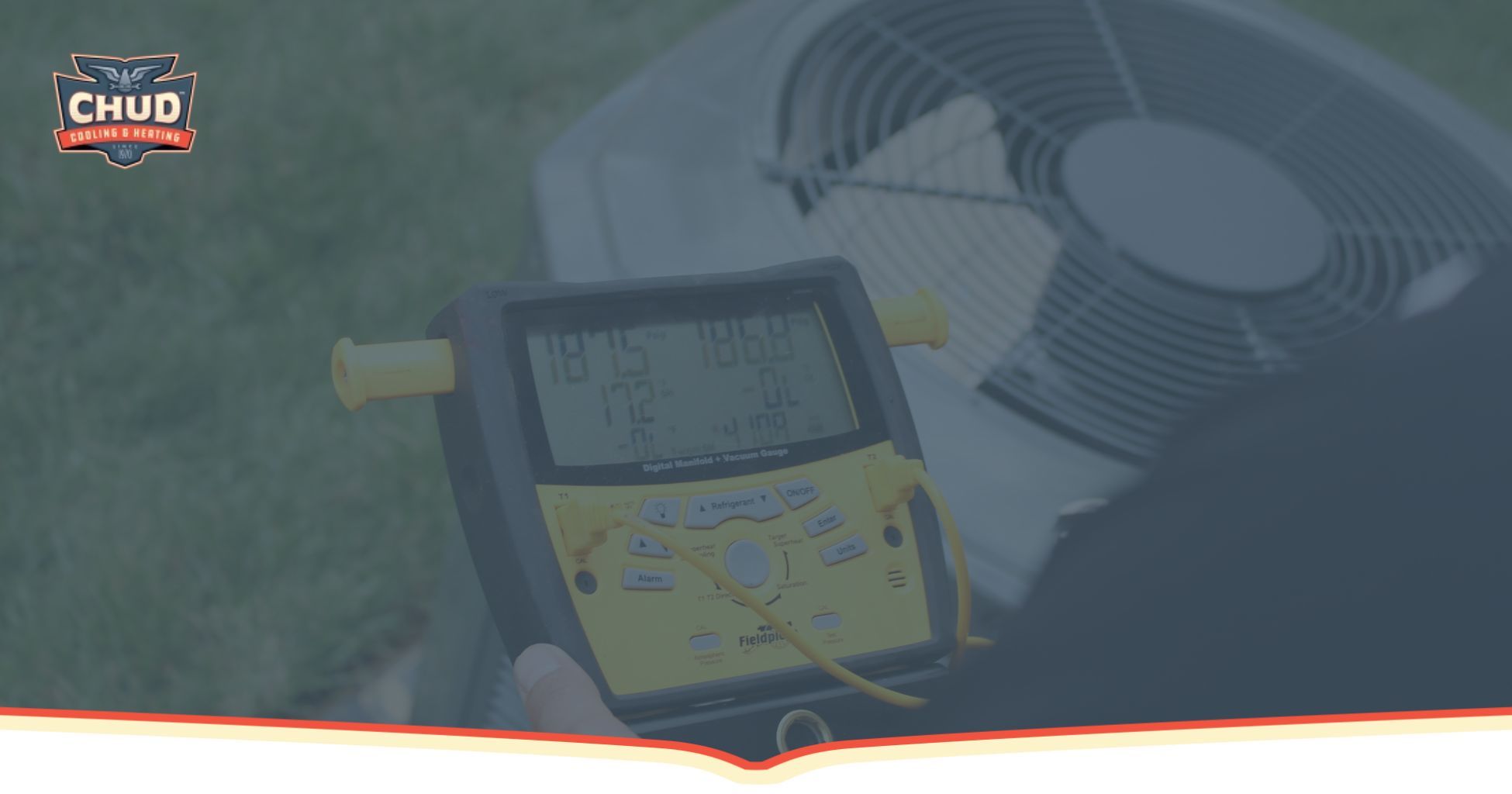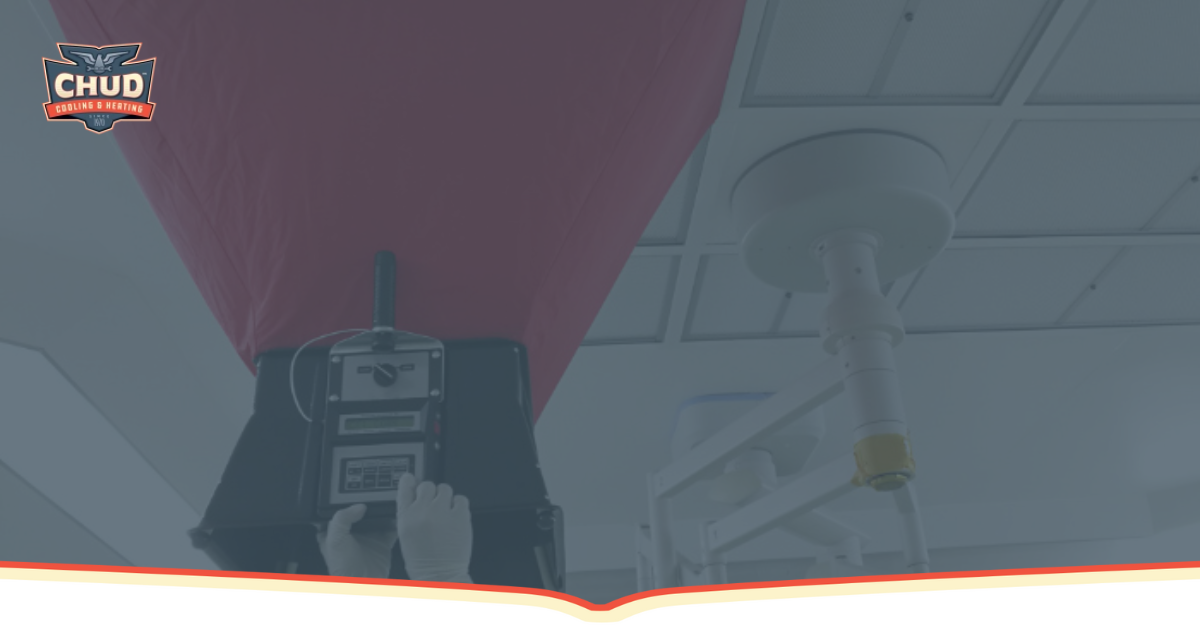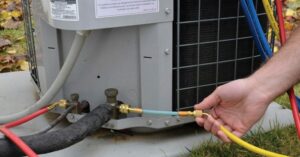AC Maintenance Plans: Why Regular Service Is Key
Stepping into a comfortably cool home on a sweltering day offers an unmistakable sense of relief, a luxury often taken for granted until unexpected failures occur. Regular AC maintenance plays a pivotal role in ensuring this uninterrupted comfort, simultaneously extending the lifespan of the unit and optimizing its efficiency.
Not only does proactive care mitigate the likelihood of costly repairs, but it also enhances the quality of indoor air, contributing to a healthier living environment.
Discovering the Benefits of Regular AC Maintenance
Stepping into the heart of our discussion on AC maintenance, embracing regular service schedules unlocks a cascade of benefits, pivotal among them being a notable extension in your cooling system’s life span and a boost in its energy efficiency and performance.
Experiencing the cool comfort of an efficiently running AC unit, while also savoring the prospects of delayed replacement costs, instills a sense of proactive stewardship towards our environment.
This approach not only aligns with sustainable living practices but also fortifies the mechanical integrity of our cooling systems, ensuring they serve us diligently for years to come.
Extending Your AC Unit’s Life Expectancy
By engaging with a seasoned technician who undertakes a meticulous examination of your system, you’re not just investing in a routine service; you’re entrusting your home’s comfort to expert hands determined to nip potential issues in the bud. This dedication to care does more than just extend the life of your AC; it transforms your cooling system into a resilient ally, adept at weathering the ravages of time and use with grace. In turn, this longevity ensures that the comfort of your home remains uninterrupted, season after season.
Enhancing Energy Efficiency and Performance
Regular AC maintenance plays a pivotal role in bolstering the energy efficiency of your cooling system. Keeping every component in a prime working condition not only slashes your monthly utility bills but also enhances the overall performance of your unit, ensuring it runs smoothly and efficiently. This meticulous attention to detail guarantees that energy consumption remains at an optimal level, preventing unnecessary strain and extending the system’s effective operation.
The process involves a thorough cleaning of air filters, coils, and fins, alongside checks for any potential issues that could hinder performance. This proactive strategy ensures that the air conditioner functions at its peak, providing consistent, reliable cooling without the frequent on-and-off cycling that can drive up energy costs and degrade the system prematurely.
How to Choose the Right AC Maintenance Plan for Your Home
Choosing the right AC maintenance plan requires a discerning eye.
It’s not just about finding a service package; it’s about discovering a partnership that aligns with your home’s specific needs.
Varied plans come with an array of features, from basic check-ups to comprehensive inspections covering every nook and cranny of your unit. Understanding the nuances of a good maintenance plan acts as a cornerstone in not only safeguarding your investment but also in ensuring your living space remains a haven of comfort and reliability.
Recognizing Signs Your AC Needs Immediate Attention
Navigating the landscape of air conditioning maintenance, it’s critical to acknowledge the symptoms signaling a call for help isn’t far off. Identifying common symptoms of a malfunctioning unit and understanding the precise moment to bring in a professional can circumvent a minor issue blossoming into a catastrophic failure.
This emphasis on vigilance is not about nurturing paranoia but fostering a sense of responsibility toward maintaining the seamless operation of our cooling systems.
Identifying Common Symptoms of a Malfunctioning Unit
An AC that struggles to maintain the set temperature, oscillating between too warm and too cool, hints at underlying issues begging for expert evaluation. This not only impacts comfort but also raises the risk of a complete system failure if left unchecked.
Seasonal Tips for Keeping Your Air Conditioner Healthy
Transitioning through the seasons brings about distinct challenges for our air conditioning systems, each vying for attention to maintain peak performance. With the arrival of spring, we at Chud often counsel homeowners to embark on a thorough cleaning spree, targeting their AC units to clear out any debris accumulated over the winter months. This simple act of care ensures the system breathes easier and functions with renewed vigor as temperatures begin to climb.
As summer will usher in its sweltering heat, Chud emphasizes the importance of checking refrigerant levels and ensuring your AC’s cooling efficiency isn’t compromised.
Contact Chud Cooling and Heating Today!
Regular AC maintenance plans are crucial for ensuring that your air conditioning system operates efficiently, lasts longer, and saves you money.
Consistent servicing not only prevents premature wear and tear but also enhances the unit’s energy efficiency and performance, leading to significant reductions in utility bills.
By choosing a maintenance plan with Chud Cooling and Heating that suits your specific needs and includes comprehensive inspections, you invest in the longevity and reliability of your AC, avoiding costly emergency repairs and extending its life expectancy.










